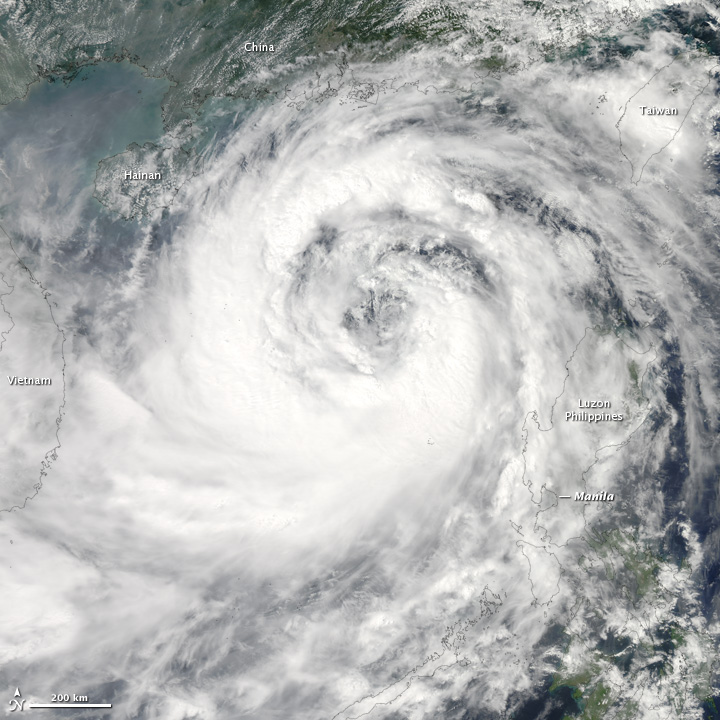Science News
Earth Update - October

The Morrison Planetarium’s monthly Earth Update, held as part of “Science Tonight, Live@630” at NightLife, takes visitors on an immersive trip around the world examining current events on our blue planet, including climate, weather, seismic activity and more. The tour is created by Tim Horn, our producer of climate and earth science visualization.
We like to follow up with an article here, informing our readers about the latest earthly news, starting and ending in our hometown (or relatively nearby).
Tim was joined by David McGuire this month since it’s officially Sharktober here at the Academy. David is not only the director of Sea Stewards, an organization that promotes shark conservation, he’s also an excellent underwater cinematographer. David shared stories about local sharks, including seven gill and white sharks, news about commercial fishing of these species and the efforts to save them. (We covered some of this in a Science in Action video produced last fall, with David’s help.)
David’s presentation was followed by some very good news for sharks. Last Friday, Governor Brown signed into law a bill that bans the trade of shark fins, a story we’ve been following here since last February. Discover’s 80beats covered the news earlier this week:
On Friday, California governor Jerry Brown signed into law a bill outlawing the trade in shark fins, making it illegal for them to be imported, possessed, or distributed in the state. Chinese chefs were angered by the decision, since the fins are the prime ingredient in shark fin soup, a prized and expensive delicacy (although most Chinese voters in California support the ban… and so does retired NBA player Yao Ming).
David and Tim were in the Philippines last spring as part of the Academy’s expedition there, so Tim “flew” there next, covering two typhoons that hit that area late last month. The first, Typhoon Nesat, is pictured above from NASA’s Earth Observatory.
Nesat drenched Luzon with heavy rains on September 27 and 28, causing widespread flooding. The floods and storm damage caused 33 deaths, with 41 people missing, said local news reports on September 29. Many of the deaths occurred in and around Manila, which flooded from both the storm surge and from rain-swollen rivers.
The second storm, Nalgae, followed a similar path just a day later. Between the two typhoons, “Several months worth of rain fell within a week,” reports Earth Observatory.
Thailand’s flooding is causing even more death and destruction. The worst in 50 years and causing more than 280 deaths, ScienceNOW reports today on the damage to science research in that country. Sadly, it appears that the worst is yet to come as the flood is still approaching Bangkok.
These Earth Observatory images really remind us that weather is forming and reforming the surface of our planet.
NASA image courtesy Jeff Schmaltz, MODIS Rapid Response Team at NASA GSFC